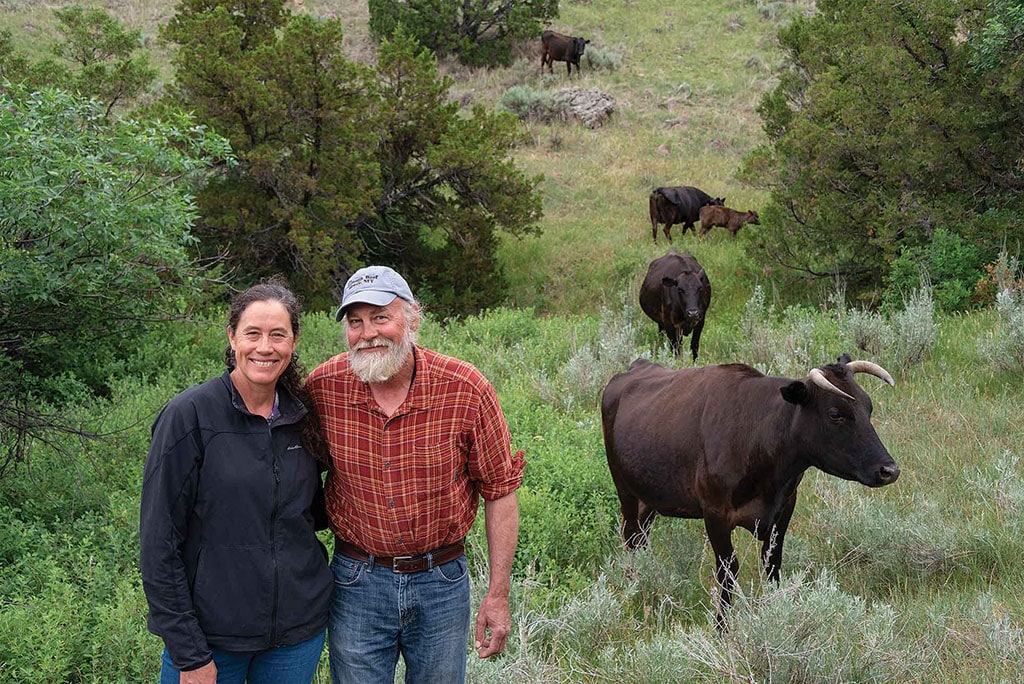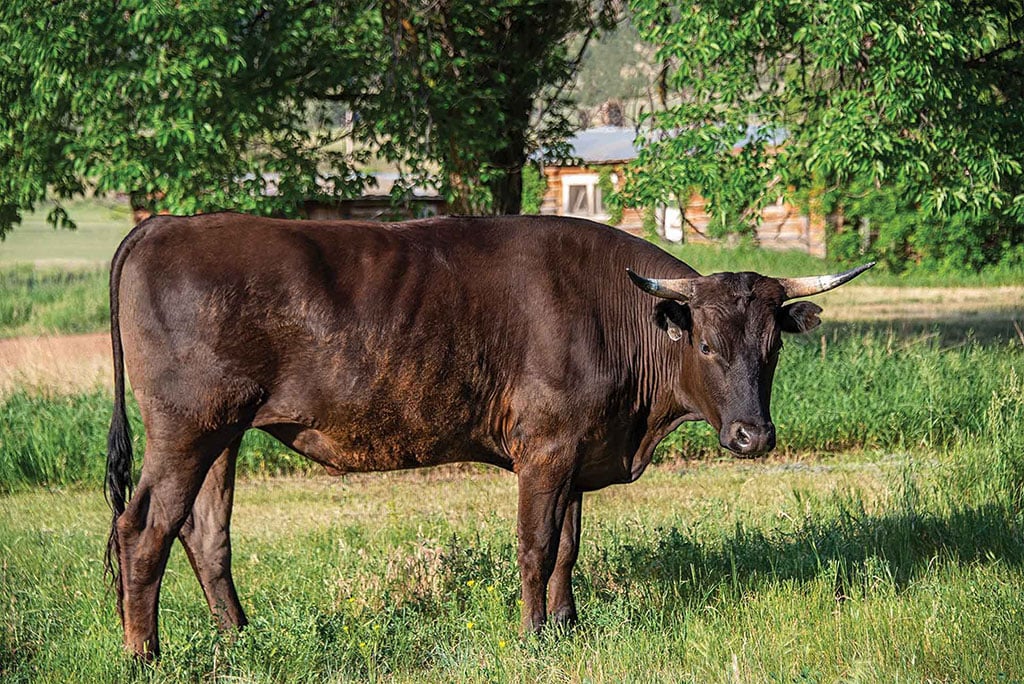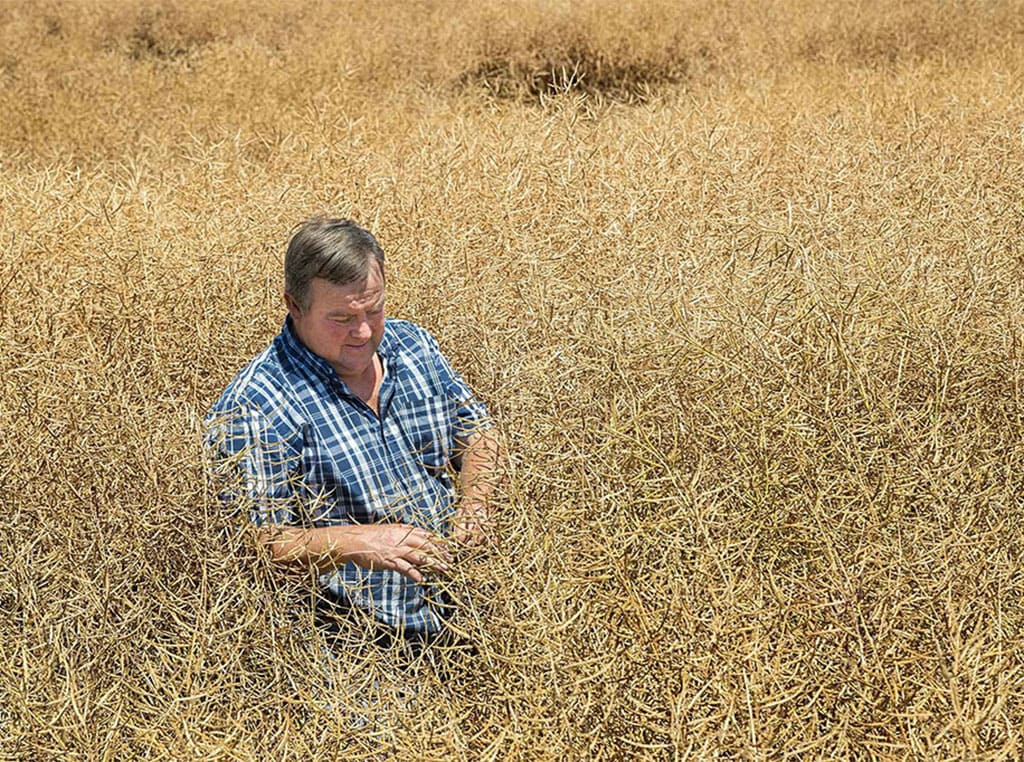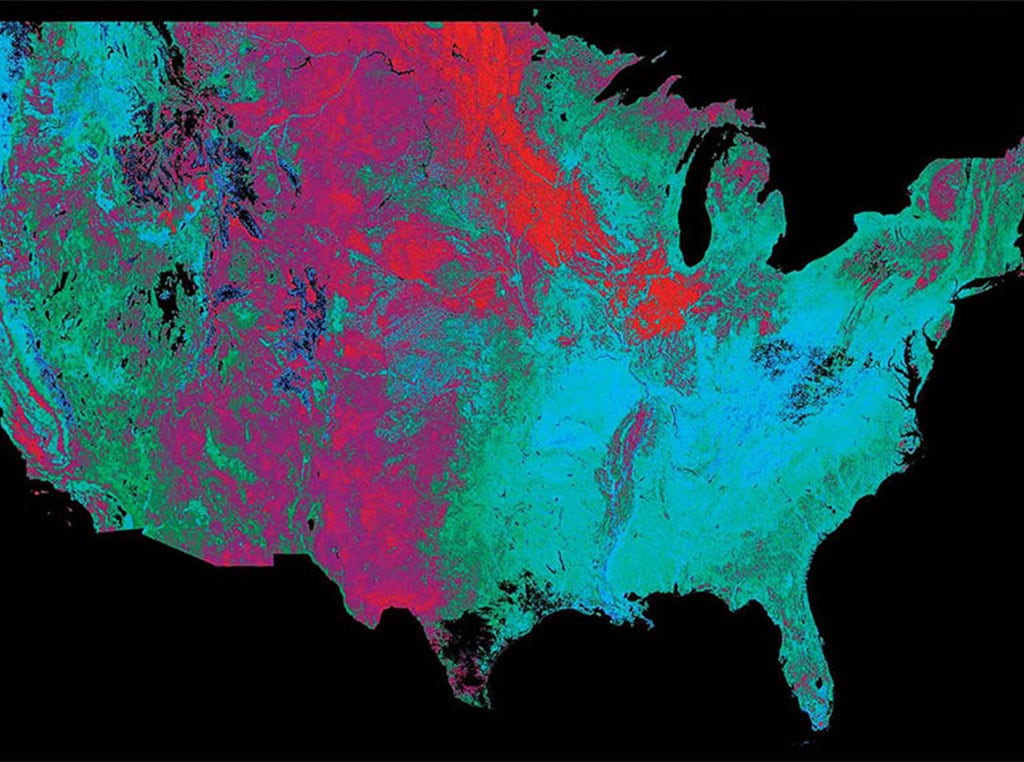
Agriculture, Livestock/Poultry November 01, 2020
Wagyu Adventure
The perfect range cow.
Wagyu aren’t your average range cow. Why settle for average? Jeanie Alderson and Terry Punt are convinced they may actually be the ideal range breed. Not that they knew that when they brought their first 21 Wagyu cows home to Birney, Mont., in 2005.
They opted for Wagyu when Jeanie’s family allowed them to run their own bunch of cows as part of their wages. Instead of simply adding to the 250-head Hereford-Angus herd and following the status quo, their research took them in another direction.
“We were frustrated we lost control of the calves we produced. We knew we raised a nice product, but there was never any feedback, no connection to who ate our beef,” Terry says.
To forge that connection and wrest control from the traditional commodity market, they opted to produce grass-fed beef marketed direct to consumers.
“There are more cattle than people in Montana. There’s a lot of beef available. If we were going to be successful, we needed something different,” he says.
They settled on the then little-known Wagyu breed and opted to be one of the first and still few producers of grass-fed Wagyu.
“We were nervous, but the one thing we have is grass and the thing we know is grass. We just had to figure how to make it into something better,” Jeanie says.
Though a gamble, the cattle have proven an excellent fit for the rugged ranch, even winning over Jeanie’s 89-year-old father.
Originally bred as plow animals, Wagyu are highly athletic and friendly. Tall and lanky, they scamper up the steep inclines of their forested, hilly pastures, making use of forage the traditional herd largely ignored.
“We call them our intensive grazers as they have a habit of staying in a group. They’re also easy keepers, not eating as much as our big Angus cows,” Jeanie says. “They’re very smart and gentle, but they’re athletic. You don’t want to push them hard as they easily jump fences, even panels.”

Tall, long and lanky with ribs visible, the harvest-ready grass-fed Wagyu doesn’t look like classic fat cattle.
Calves are tiny, usually 50 to 60 pounds, but very vigorous. In 15 years they’ve only pulled one calf and have few losses. Some large ranches have started using Wagyu bulls on first-calf heifers, allowing them to forgo the time-consuming and stressful calving watch. Instead, allowing heifers to calve successfully on their own.
Marketed as Omega Beef, Wagyu steers and spayed heifers are harvested at 3 years old. They butcher at spring and fall green-up, when cattle are gaining and quality is high.
Though they’ve explored many options from restaurants to marketing cooperatives, selling halves and wholes direct to customers has been the only consistently successful business model.
“We’ve built a strong customer base mostly through word of mouth,” Jeanie says.
Taking control. Besides enabling them to steward their beef from birth to plate and forming valued connections with customers, this model allows Jeanie and Terry to take some control of their income.
“2020 was scary for cow/calf producers. They put up hay and spent money with no idea if they could sell their calves. Meanwhile, ours were already sold and at the price we set,” Jeanie says.
Roughly 40 head are harvested and marketed per year and delivered throughout Montana and Wyoming — and to a dedicated customer in Chicago who once told them they ruined Christmas when he missed getting on the list. He’s now an inked-in fixture. “Wagyu is a tender, delicious meat, but ours has an intense, rich flavor thanks to the diverse plants they eat,” Jeanie says. “It’s almost wrong to call them grass-fed. They eat a mix of grasses, forbs, even yucca and greasewood. There’s a terroir [environmental impacts that create a product character] like they talk about in wine.”
The flavor, and they would argue the nutrition, is different than a beef raised on tame-grass pasture.
At harvest, cattle hit 700-900 pounds on the rail. While taller, they have lighter bone structure and more of their fat is within the meat instead of put into back fat.
“I’m proud of what we’ve built and what we’ve done. There’s a lot of pressure to not do things differently. We kept our vision and have built a community around our herd,” Jeanie says. “It’s fun to get good meat to good people.”


